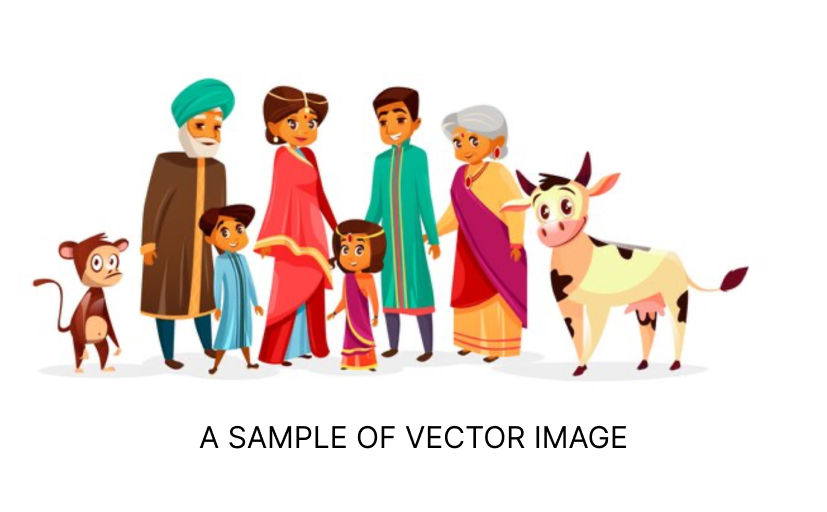In today’s digital age, social media influencers have transformed their online presence into lucrative revenue streams by capitalizing on their personal brand. From sponsored content to affiliate marketing, these savvy individuals employ various strategies to monetize their influence and maximize their earning potential.

Sponsored Content Collaborations:
Social media influencers often collaborate with brands to create sponsored content that promotes products or services to their followers. By leveraging their authentic voice and engaged audience, influencers can negotiate partnerships with companies seeking to reach their target demographic. These collaborations not only provide influencers with financial compensation but also reinforce their credibility and authority within their niche.
In today’s digital ecosystem, social media influencers have become instrumental in bridging the gap between brands and consumers. Through strategic collaborations, influencers align themselves with brands to produce sponsored content that resonates with their dedicated followers. By harnessing their authentic voice and fostering meaningful engagement with their audience, influencers possess a unique ability to connect on a personal level, cultivating trust and loyalty. These relationships are mutually beneficial, as influencers negotiate partnerships with brands seeking access to their target demographic. Beyond financial compensation, these collaborations serve to solidify influencers’ credibility and authority within their niche. As influencers authentically endorse products or services they believe in, they enhance their reputation as trusted tastemakers, reinforcing their influence and fostering deeper connections with their audience.
Affiliate Marketing Partnerships:
Another common monetization strategy for social media influencers is affiliate marketing. By sharing unique referral links or discount codes with their audience, influencers can earn a commission for every sale generated through their promotional efforts. This model incentivizes influencers to endorse products or services that align with their personal brand values, fostering trust and loyalty among their followers.
Affiliate marketing stands as a prevalent monetization avenue for social media influencers, offering a symbiotic relationship between influencers and brands. Through this strategy, influencers distribute exclusive referral links or discount codes to their followers, enabling them to earn a commission for each resulting sale. This dynamic incentivizes influencers to meticulously curate their endorsements, selecting products or services that authentically resonate with their personal brand ethos. By aligning their promotional efforts with their values and interests, influencers cultivate a sense of authenticity that resonates deeply with their audience. As a result, followers view these endorsements as genuine recommendations rather than overt advertisements, fostering trust and loyalty in the influencer’s recommendations. This mutual trust strengthens the influencer’s relationship with their audience, ultimately driving engagement and enhancing the effectiveness of their affiliate marketing efforts.
Brand Ambassadorships:
Many influencers secure long-term brand ambassadorships, where they serve as the face of a company’s marketing campaigns. These partnerships involve ongoing collaborations, such as sponsored posts, event appearances, and product launches. By establishing a deeper connection with a brand, influencers can command higher fees and enjoy exclusive perks, further solidifying their status as industry leaders.
Numerous influencers opt for long-term brand ambassadorships, assuming the role of a company’s prominent representative in marketing initiatives. These ambassadorships entail continuous collaborations, spanning from sponsored posts and event appearances to product launches. By forging a profound connection with a brand, influencers not only enhance their financial compensation but also gain access to exclusive perks, ranging from product previews to behind-the-scenes experiences. This enduring partnership cements the influencer’s authority within their industry, positioning them as a trusted figurehead capable of driving significant engagement and consumer action. As ambassadors, influencers wield their influence to amplify brand messaging, effectively becoming the face of the company’s narrative and solidifying their status as industry leaders in the eyes of their followers.
Digital Product Creation:
Some social media influencers monetize their expertise by creating and selling digital products, such as online courses, e-books, or membership programs. By packaging their knowledge and insights into valuable resources, influencers can generate passive income streams while providing tangible value to their audience. Additionally, digital products offer scalability and flexibility, allowing influencers to reach a global audience and diversify their revenue sources.
A subset of social media influencers harnesses their expertise to craft and market digital products, spanning from online courses and e-books to membership programs. This strategic move enables influencers to transform their accumulated knowledge and insights into valuable resources, catering directly to the needs and interests of their audience. By offering these digital products, influencers not only cultivate additional streams of passive income but also deliver tangible value to their followers, empowering them with actionable insights and skills. Moreover, the digital nature of these products affords influencers scalability and flexibility, transcending geographical barriers to reach a global audience. This versatility not only expands their impact but also diversifies their revenue streams, reducing dependency on traditional sponsorship deals and enhancing their financial stability in the ever-evolving landscape of digital entrepreneurship.
Sponsored Events and Experiences:
Influencers often leverage their social media following to host sponsored events or experiences, such as meet-and-greets, workshops, or brand-sponsored trips. These immersive opportunities not only generate revenue through ticket sales or sponsorship deals but also deepen the connection between influencers and their audience. By offering exclusive access to curated experiences, influencers can create memorable moments that resonate with their followers and strengthen their personal brand.
Influencers frequently capitalize on their social media following by orchestrating sponsored events or experiences, ranging from intimate meet-and-greets and enriching workshops to luxurious brand-sponsored trips. These immersive occasions serve as more than just revenue generators through ticket sales or sponsorship deals; they serve as catalysts for fostering deeper connections between influencers and their audience. By providing exclusive access to carefully curated experiences, influencers create memorable moments that resonate profoundly with their followers, further solidifying their personal brand identity. These events offer followers a chance to engage with their favorite influencers in real life, forging genuine connections and leaving a lasting impression. Ultimately, by orchestrating these unique experiences, influencers not only bolster their revenue streams but also nurture a loyal community that remains deeply invested in their journey and values.
In conclusion, social media influencers have mastered the art of monetizing their personal brand through strategic partnerships, digital products, and immersive experiences. By leveraging their influence and expertise, these individuals have unlocked multiple revenue streams while maintaining authenticity and credibility with their audience. As the digital landscape continues to evolve, social media influencers will continue to innovate and adapt their monetization strategies to capitalize on emerging opportunities.



